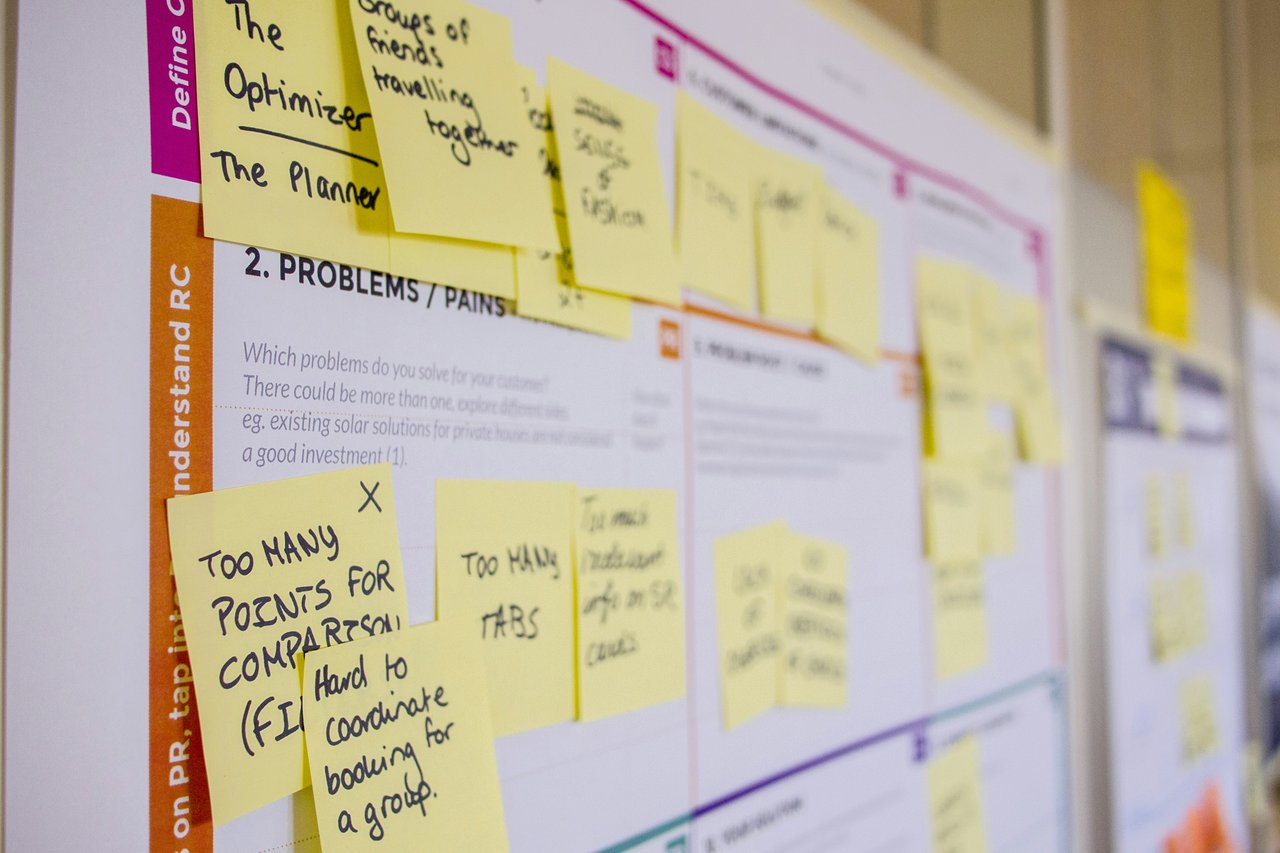What my own social media taught me about client work

As a Digital Project Manager at Rock Kitchen Harris, I manage website design and development while …

I’m Sophie, a Digital Project Manager at RKH and in this article I’m going to uncover the critical factors that can easily push your web project over budget. From the ever-present scope creep to underestimating costs and mid-project changes - I share my favourite tips to help you identify and avoid making these mistakes.
Scope creep is always mentioned in these lists, and rightly so. This is one of the biggest issues that I see as a Digital Project Manager. Whether it’s a major web development project, a total content revamp or a new social media strategy, it’s always very exciting to see the final, finished product launch or strategy roll-out. As new features and functionalities are introduced during the development stage, it is very easy for the project scope to swell, leading to increased time and resource requirements.
To avoid this, we make sure that the project scope is clearly defined and agreed from the outset. Making sure the deliverables, features and functionalities are outlined from the beginning is key to keeping your project on track.

No matter how experienced your team is, putting an estimate together for a new project can be difficult without the right information. Making sure that your team understands the project requirements is extremely important; this will allow you to plan and mitigate accordingly, and put together a more accurate estimate.
By thoroughly reviewing the project requirements and taking into account the potential issues, you can be more confident when putting a cost together for the project.
Whether initiated by the client, stakeholder or internal team, mid-project changes can significantly impact the time and budget of your project. Making adjustments part-way through the build will almost certainly lead to increased development time or additional resources being required.
Whenever changes are raised or requested they are thoroughly evaluated to ensure all parties involved understand the impact of the change being requested. Investigating the impact of the change before implementation is incredibly important as it allows all parties to make the right decision for the project.
At RKH, we remain completely open and transparent when discussing these changes with our clients. By ensuring that we communicate the impact of the change to the project, our clients are set up with the right information to make the best decision for them and for the project.
Setting unrealistic timelines is another way to send your project over budget. While it's natural to want to deliver results quickly, rushing through the development process can lead to corners being cut and quality being compromised. This can result in costly rework and revisions down the line.
To prevent this, it's important to establish realistic timelines based on thorough analysis and consideration of the project requirements. This includes factoring in development, testing, and implementation phases, as well as accounting for potential delays or setbacks. By setting achievable deadlines from the outset and regularly monitoring progress against them, you can keep your project on track and within budget.

The most unexpected - yet, frequently seen - reason for a project to go over budget is down to delayed feedback. Effective communication and timely decision-making is essential for keeping a project on track, but when clients are unavailable or slow to respond, progress can grind to a halt. Delays in obtaining feedback or approval can have a negative ‘domino effect’ on the project timeline and budget and, in some cases, missed deadlines due to client unavailability may require overtime work, driving up costs in the process!
To mitigate this risk, it's vital to establish clear communication channels and expectations from the outset of the project. At RKH, we encourage our clients to designate a point of contact who can provide timely feedback and approvals - we’ve found that agreeing this at the very beginning is the best way to manage the project. We also send regular reminders and follow-ups as this can help keep the project moving forward.
We factor feedback time into our project plan, making sure to agree on a timescale that works for the client and doesn’t put anybody under any undue pressure. It’s important that we give our clients a reasonable amount of time to respond whilst avoiding delays where we can.
Addressing issues like scope creep, cost underestimation and mid-project changes is essential for success. By proactively managing these challenges you can enhance project efficiency, meet client expectations, and achieve successful outcomes in the ever-evolving world of web development.
Ready to embark on a budget-friendly and successful web project? Let's collaborate! Contact us today, and together, we can turn your vision into a reality while keeping a firm grip on your budget.
Contact us today to start putting your plans in motion.
Get in touch